Setting Self Doubt On Fire: The Deflated Eureka Moment

Hello everyone! I’m back with some more self-doubt fighting tips. Today, I’ve got a very interesting topic for you all, thanks to a great suggestion. I will be discussing how you can deal with the deflated eureka moment. I’m sure you’ve all had this experience at one point in your writing journey. You have an idea; it seems great, you’re buzzing, and then the doubts start to creep in. You start to second guess yourself, and think that the idea is too similar to something already out there, and what was once a great idea becomes a stupid one.
An idea is a combination of old ideas, therefore we never really come up with a brand new idea. This is something I learnt while studying for my degree. What is new is the way we present the idea. Who we are and our lives greatly affect the way we write and how we see things, so you must bear this in mind because an idea may not be new but the way you execute it will be.
Now I know that some of you will still be doubting your ideas, so I have again returned to my famous 5 tips, to show you how you can beat the deflated eureka moment.
Here are the tips to make sure your idea isn’t the same old same:
- Research: I find that when I get an idea I want to start writing straight away, and write it down before the idea leaves my mind. However, I have found that spending some time on research can help you stretch your idea and learn something new, which can improve your idea. So before you start writing, dive into the research and explore the stream of information.
- Throw in a random idea: The one way to make your idea different is to add something random. You’ll be surprised how this can set your story on an unusual path. You have a serial killer, perhaps he could be an ice cream addict which distracts him from the actual killing. This example may turn the horror into a comedy, but it’s something to consider.
- Tweak the idea: There are many ways to tweak an idea. Firstly you can change the POV (point of view), rather than the victim being the main character try the villain or vice versa, or an animal even. You could also come at the idea from a different angle. Instead of a monster wanting to destroy the town have them looking for world peace, and the townsfolk being the real villains.
- Merge ideas: They say two heads are better than one, so why not try two ideas. The single idea might be similar to another, but if you add another one you might find yourself coming up with something new. For example, you have a monster that collects teeth (similar to the tooth fairy right), you have another idea of a ghost protecting her/his family (the film ghost). Now merge them together and you get a monster targeting a family trying to steal their teeth and a ghost doing its best to stop it. Not the best example, but you get the point.
- Allow the idea to grow: Sometimes an idea just needs time to mature, and that’s why I carry an Idea journal. Whenever I get an idea I note it down, and sometimes months pass before I return to that idea, but when I do the idea becomes something more than I previously imagined. This Idea journal has also been useful when it came to merging ideas, which I have done many times before, trust me it helps.
Hopefully you’ve learnt that you don’t need to allow Mr Self Doubt to destroy your eureka moment, and with these tips you can come back fighting when he begins to mock you for being a copycat. So you hold those ideas high, be proud, feel good and then get to some serious work.
To end this post, here is another inspirational quote:
“It’s not who you think you are that holds you back; it’s who you think you’re not.” – (Unknown)


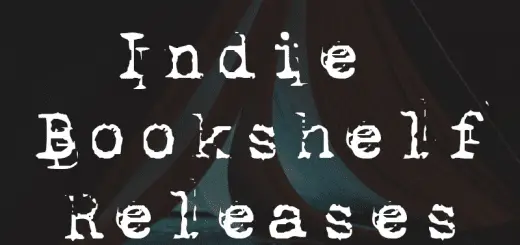


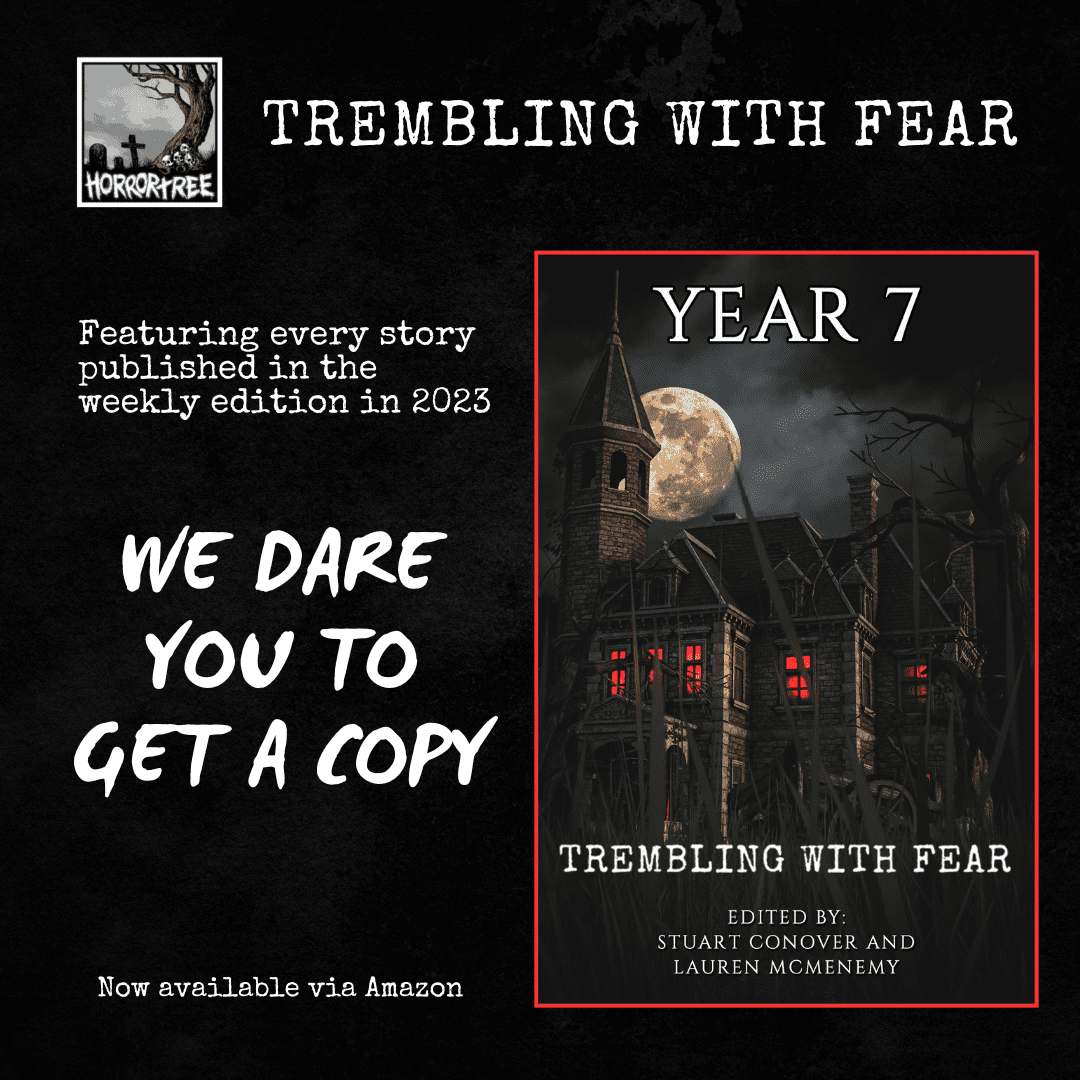
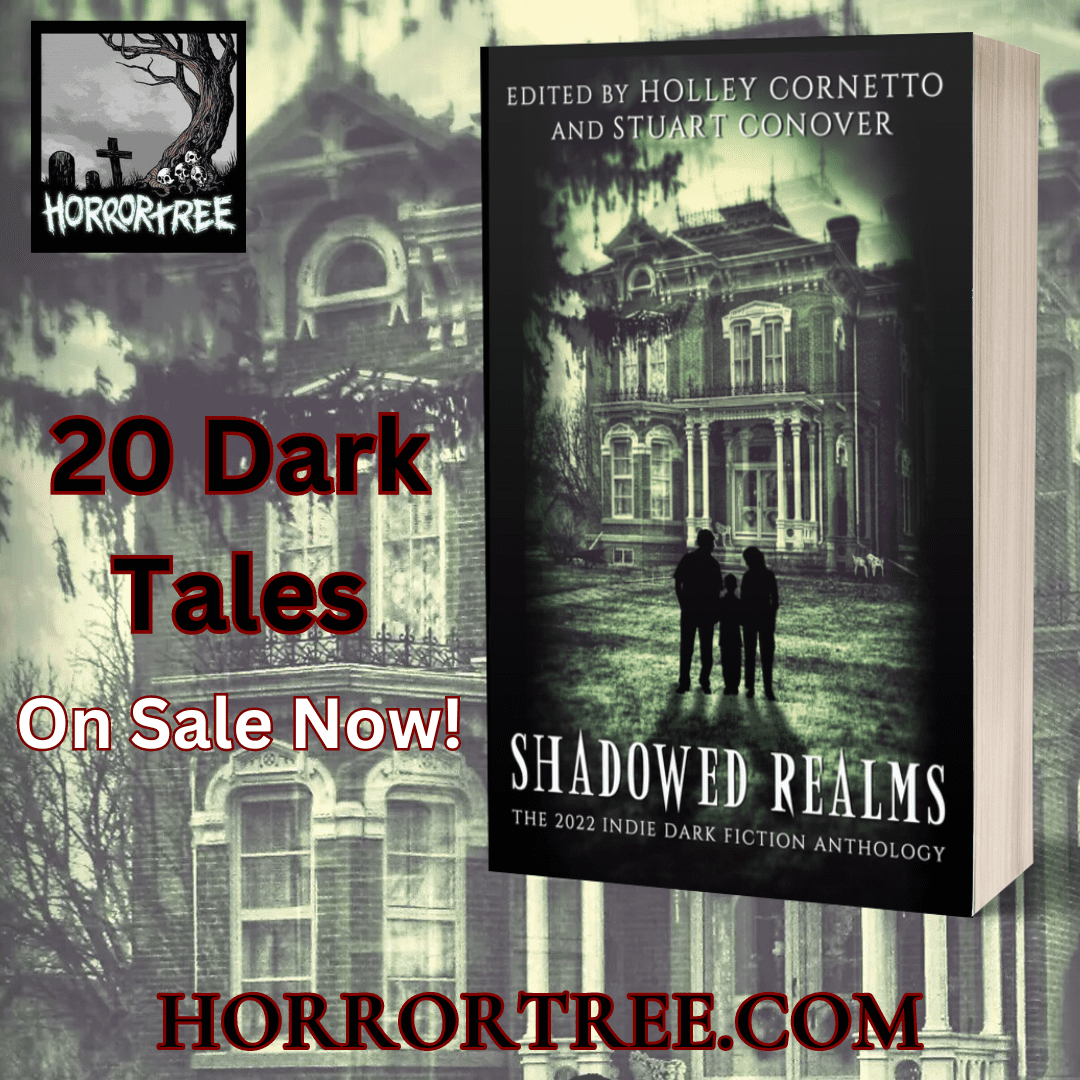
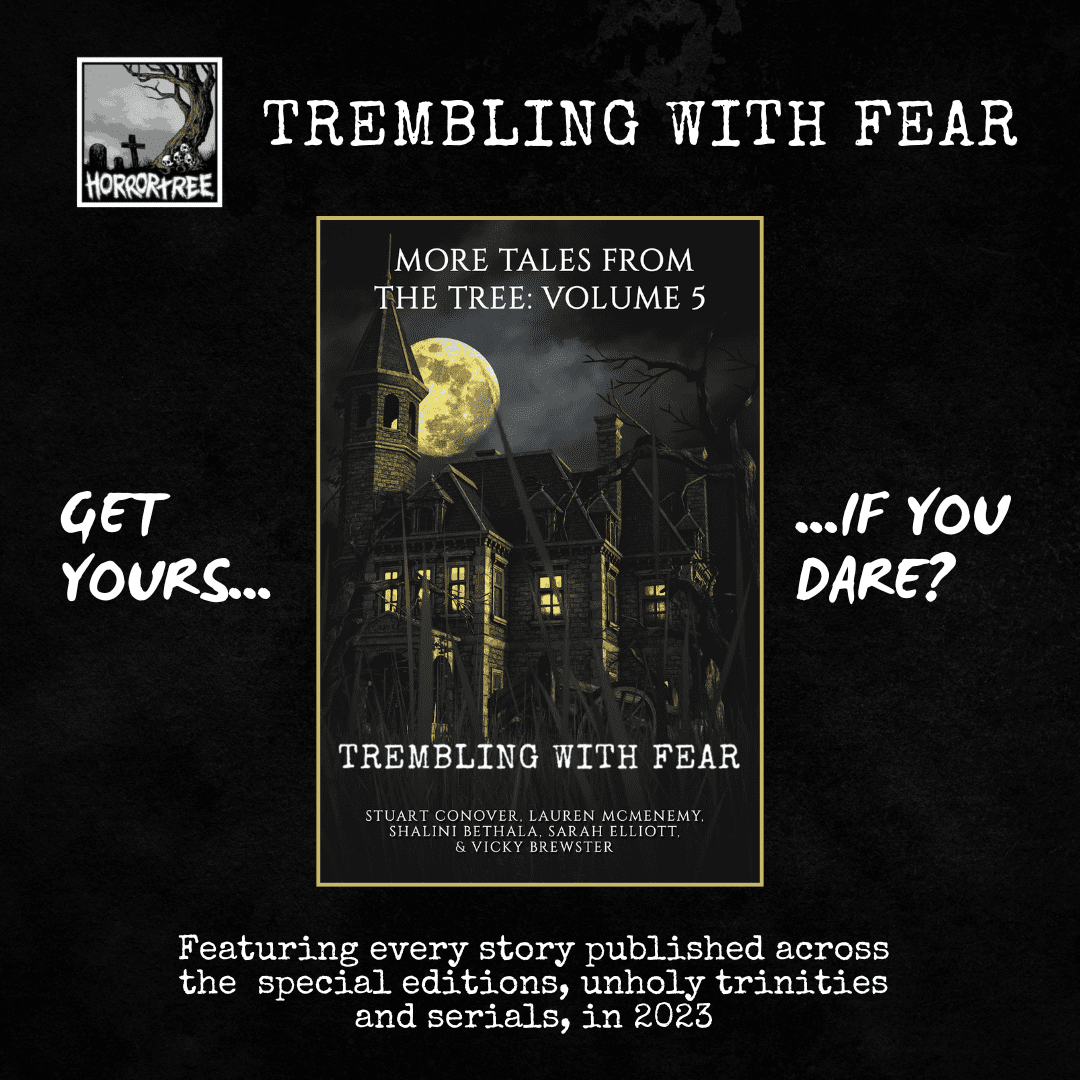


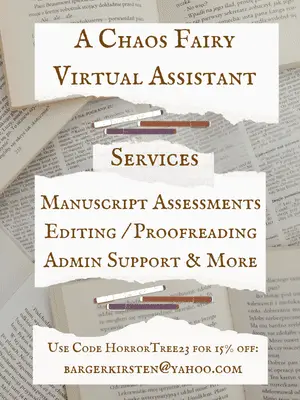

Love the post, Nicole – I sure know that self-doubt but you’ve some great strategies there for overcoming it.
Hi Simon, I’m glad you like the post. I think that self doubt is one of the biggest problems. It can even stop you writing, which I have experienced in the past. So I’m hoping these posts can encourage others, and myself, to push fear aside and keep heading towards that dream.